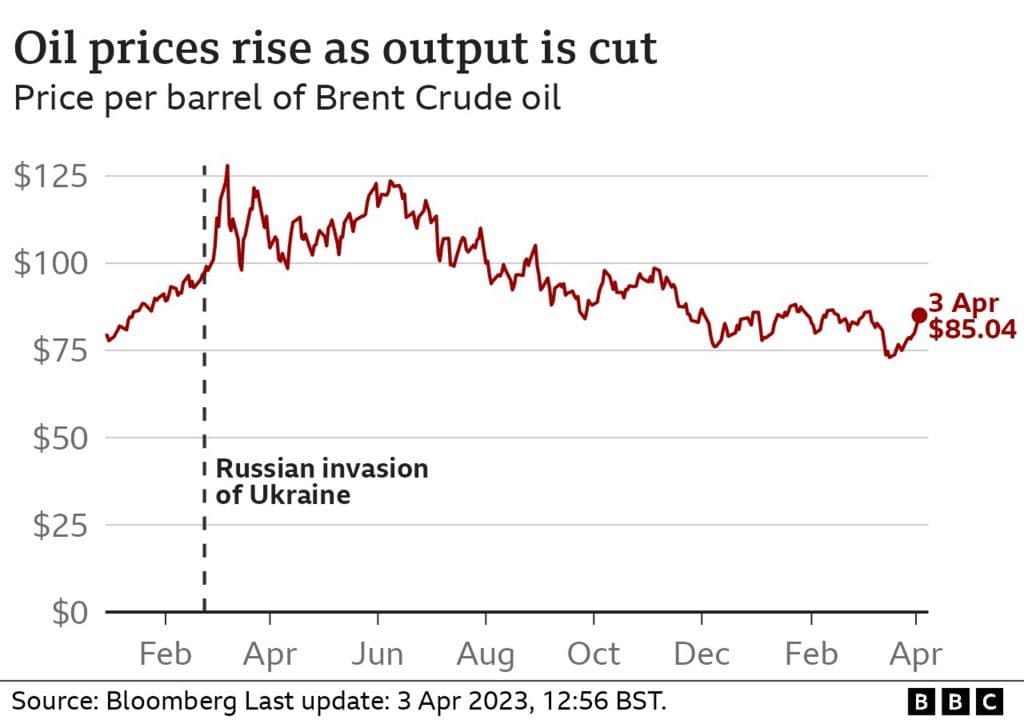Oil Prices Fall to One Month Lows as Peace Push Looms
Brent and West Texas Intermediate crude futures fell about one percent on November 21, reaching roughly one month lows as markets digested a U.S. backed diplomatic push toward a Russia Ukraine peace deal. The move underscores how geopolitics and persistent uncertainty over U.S. interest rate policy are already reshaping supply expectations and investor appetite for risk.

Brent and West Texas Intermediate crude settled roughly one percent lower on November 21, slipping to levels not seen in about a month as traders weighed the prospect that a U.S. backed diplomatic initiative toward a Russia Ukraine peace agreement could ease global supply concerns. Reuters reported the settlement prices for both benchmarks, and market participants said the diplomatic development, together with lingering uncertainty about U.S. interest rate policy, dampened buying interest.
Oil markets have been driven this year by a complex interplay of geopolitics, demand recovery and monetary policy. The possibility of progress on a negotiated settlement in the conflict between Russia and Ukraine raised expectations that some Russian barrels could return to global markets or at least that the premium attached to supplies at risk might shrink. That recalibration of supply risk was one of the primary factors pushing prices lower on Friday, traders said.
At the same time, investors remained wary about the trajectory of U.S. interest rates. Uncertainty about whether the Federal Reserve will tighten further or begin to ease has direct implications for global growth and oil demand. Higher interest rates tend to cool economic activity and weigh on fuel consumption, particularly in energy intensive sectors such as manufacturing and transport. That macro backdrop reduced the appetite for sustained long positions in crude futures, amplifying downward pressure from the diplomatic developments.
The market reaction on November 21 highlights how sensitive oil is to changes in perceived supply risk. Even small shifts in expectations about the availability of barrels can alter the balance between spare capacity and demand that underpins prices. Producers and policy makers are watching closely because sustained price weakness would hit revenue for major exporters and could force changes in production strategies within OPEC and its partners.
For oil markets, the immediate impact is likely to be a re pricing toward lower near term risk premia. If diplomatic talks progress and concrete steps toward normalization of Russian exports materialize, the market could see further downward pressure. Conversely, any reversal or renewed conflict would rapidly restore a premium for supply security and push prices higher. That asymmetry keeps volatility elevated.
Over the longer term, the episode reflects deeper structural shifts. Markets are operating with a narrower margin for error as demand hovers near pre pandemic levels and supply flexibility remains constrained. Policy decisions by major central banks, ongoing energy transition dynamics and the willingness of producer groups to adjust output will determine whether the recent dip is a temporary correction or the start of a more prolonged downtrend.
Investors and end users will be watching subsequent developments in diplomacy and central bank communication closely, because together they will shape both near term price moves and strategic decisions about inventories, investment in production and the pace of the transition to cleaner fuels.

